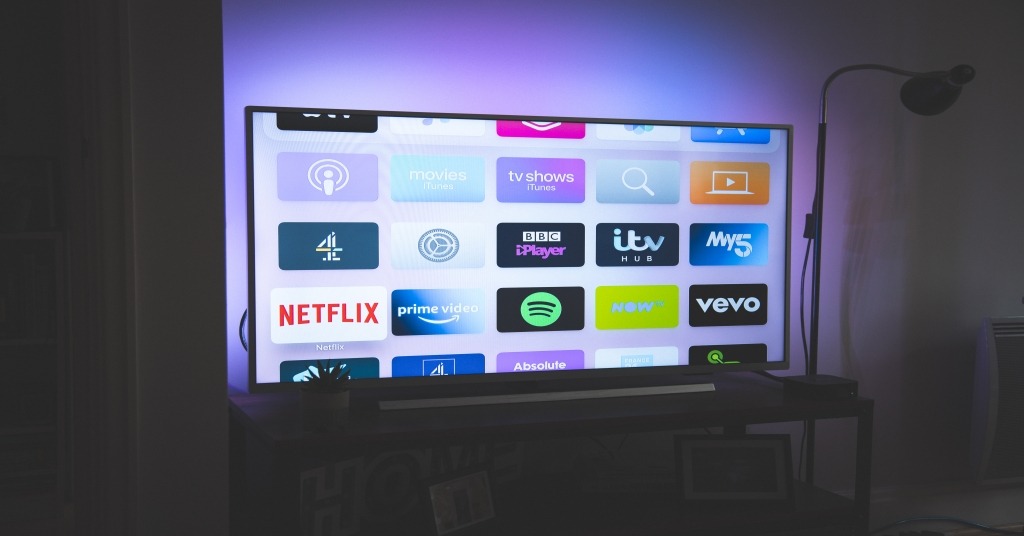Video Streaming Software Market: Drivers, Restraints, Opportunities

Decades ago, we could only watch movies on cable and in theatres. The other option was to rent a VCD or DVD from a shop. All that changed because of the internet. Now, people from all over the world can watch videos on YouTube, Google or other platforms like Amazon Prime Video. Some can choose to subscribe to a platform like Netflix, iFlix, Disney+ and others.
The demand for content shifted the way companies do business. Today, video-on-demand is the preferred platform of consumers—but what is in store for its future, and what possible restraints will these companies face?
Drivers of Video Streaming
The VoD ( video on demand) industry is seeing positive growth, and it is estimated that the video streaming software market is going to grow from $6 billion in 2021 to $15 billion by 2025. The major drivers of this growth are:
- Penetration in mobile devices – there are 5.2 billion unique mobile users in the world, and 4 billion of them use the internet. This market penetration of mobile phone producers is paving the way for video streaming software developers to grow their companies as they did for the live casino industry.
- Demand for VoD – there is a huge demand for VoD. People are no longer too dependent on what their local cable channels or local theatres will show. The internet allows people to watch things they want to, even at night. There is no need to wait for business hours, and there is no need to queue in line.
- Impact of COVID-19 – the pandemic brought the world to its knees, and it changed our lifestyle. Despite the efforts to produce an effective vaccine, it will take many years to make vaccination available to the entire population of the world. Because people cannot go out of the house due to quarantine policies, they are left to either play games or watch movies to get entertained.
There is also a big demand for transcoding to deliver video streaming services for end-users. What this means is that there is a need for software engineers to develop better software programs that will make video streaming less painful than what it is today.
Restraints
There are several challenges that companies face in the video streaming software market, which we will be taking a look at below.
- Cost – the primary challenge of VoD companies is cost. It takes a lot of money not just to create VoD software but also to actually produce movies for exclusive distribution.
- Internet reliability – despite the development of 5G, there are still many countries lagging behind. The reliability of the internet is a key aspect to success. Even if VoD companies can produce effective software, the consumer may think badly of the service if his own internet service is slow.
- Content protection – because there are millions of people who can watch a movie, it poses a serious risk for piracy. People who watch it on mobile devices and laptops can easily copy the movie and share it on torrent sites.
Despite these challenges, we know that streaming software works. It is not going away, and even gambling companies like GGbet are using similar technology to deliver content to their consumers.
Opportunities
Earlier, we touched on the subject of the industry hitting $15 billion dollars by 2025. This, of course, will only be possible if the VoD companies actually see the opportunities, which we will tackle below.
- Exclusive content – while this isn’t new, there is a need to create new movies that are at par with people’s expectations. Without it, people will have no reason to subscribe.
- Better analytics – those who create video streaming software will penetrate the market better if they also create great analytics. If they can identify customer behaviour and patterns of use, they will have a better understanding of what customers like and need.
- Pricing – one thing that VoD companies should also consider as an opportunity is cost. As more and more companies offer streaming services, there is going to be cut-throat competition in the market. Companies must take the right steps to prevent this from happening, or they will bankrupt themselves by trying to compete.
Lastly, they must also focus not only on analyzing what consumers want but on what consumers experience. For example, they have to assess the buffer rate, streaming speed, and many other things. This will tell them what challenges the consumers are facing and fix these issues.
The world is changing, and we will see more VoD systems as we move into the future. It is a threat to cinemas, but it seems like movie producers will do what they can to preserve it. Nevertheless, we are expecting to see more companies that will offer streaming services. If this happens, consumers will be either confused or happy to have many options.

“Evil coffee nerd. Analyst. Incurable bacon practitioner. Total twitter fan. Typical food aficionado.”











